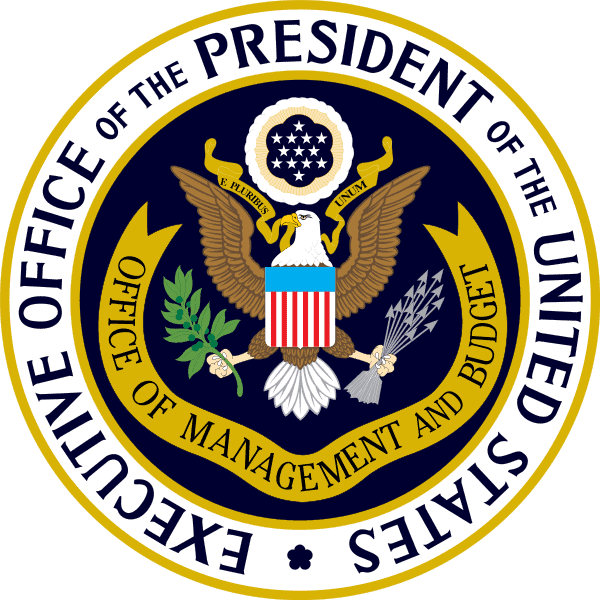Some Context for the Astronomical Cost of Government Regulation

 There is no accounting for taste. To some extent, the same is true of regulatory costs—both are subjective. This year’s edition of the study “10,000 Commandments,” for example, estimates the federal regulatory burden at $1.9 trillion per year. But a 2014 estimate from the National Association of Manufacturers pegs the cost at $2.029 trillion. Meanwhile, the Office of Management and Budget, in a report that anti-market folks like to cite, estimates the annual burden to be between $78 billion and $115 billion. Of course, to get the number this low, OMB analysts counted only regulations passed during 2006-16 that met the legal definition of “major,” which is a small percentage of all rules.
There is no accounting for taste. To some extent, the same is true of regulatory costs—both are subjective. This year’s edition of the study “10,000 Commandments,” for example, estimates the federal regulatory burden at $1.9 trillion per year. But a 2014 estimate from the National Association of Manufacturers pegs the cost at $2.029 trillion. Meanwhile, the Office of Management and Budget, in a report that anti-market folks like to cite, estimates the annual burden to be between $78 billion and $115 billion. Of course, to get the number this low, OMB analysts counted only regulations passed during 2006-16 that met the legal definition of “major,” which is a small percentage of all rules.
While my colleague Wayne Crews’s $1.9 trillion figure is ultimately an educated guess, it is based on the government’s own guesses, so it’s probably the least controversial available estimate. It is also almost surely an undercount. Opportunity costs such as products never invented, factories never built, and chances never taken all defy calculation. But you can only fight the battle with the army you have, so let’s stick with the $1.9 trillion figure for now. Since any number with that many zeroes and commas in it is difficult for the human mind to process, let’s put it in a more digestible way. With $1.9 trillion you could:
- Buy 23,750 Boeing 737 planes
- Fund 4,000 space shuttle launches
- Buy Van Gogh’s “Starry Night” 19,000 times
- Buy nearly 5,500 Hope diamonds
Another way to picture regulatory costs is to ask how much they cost the average household. That number is about $15,000 per year. With that kind of extra money lying around, every household in America could:
- Buy last year’s Honda Civic… every year.
- Fly round-trip to Dubai in first class… every year
- Buy 23 iPhone 7s… every year.
- Buy 21 pairs of Louboutins… every year
Instead, we pay for everything from ensuring the holes in Swiss cheese are just the right size, that drawbridges go up and down on federally set schedules, and that new life saving drugs will take a decade or more to come to market.
Finally, note that these costs are for federal rules only. State and local regulations cost extra.
For more on the true cost of regulation—so far as such a thing can be calculated—see the 2018 edition of “10,000 Commandments” and my recent op-ed with Wayne Crews in USA Today.